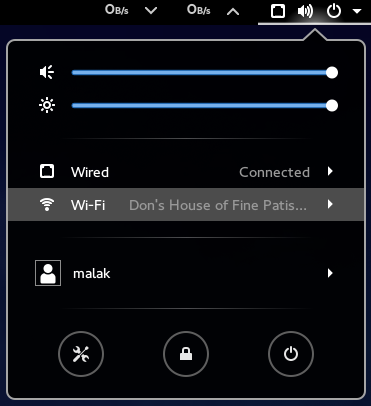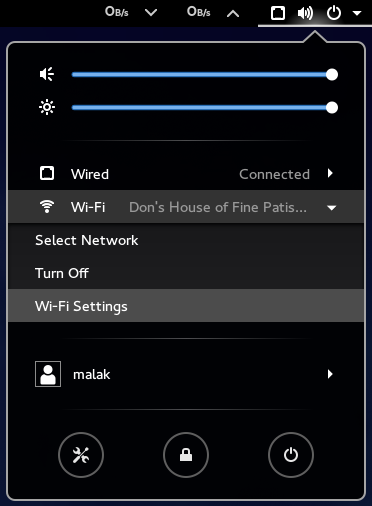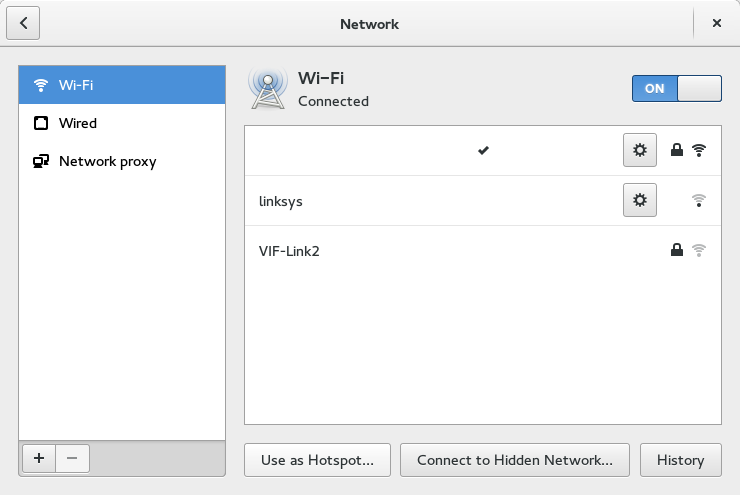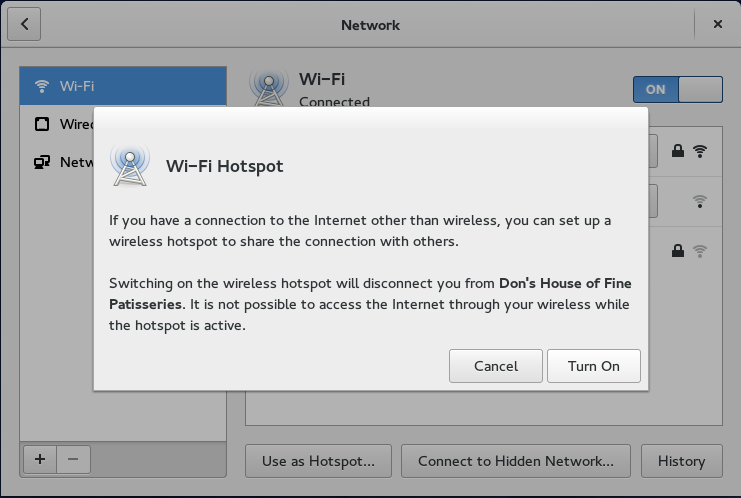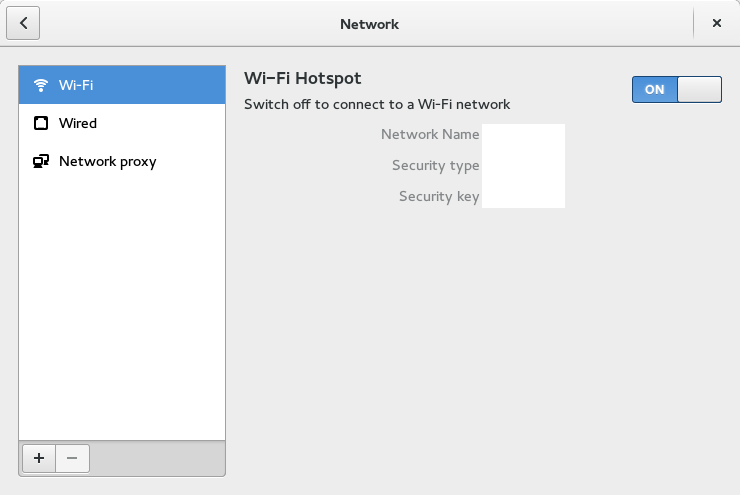Yet again, I am in a hotel using their wifi. Again, after being asked during check-in if I wanted wifi access, I was curious about how their wifi password would stand up to any kind of security test as they handed me a slip of paper with the information.
Sigh, it is a terribly obvious password that would only barely pass a “security by obscurity” test by virtue that by and large, people don’t have wifi guessing software with standard dictionaries ranging from a normal library dictionary to a hacker dictionary that anyone’s 11 year old could probably compile, certainly with the help of their friends. In fact, while there are no doubt dozens, no hundreds, no thousands of “obvious” word combinations that would meet the following criteria, it in fact is obvious that it is intended to be very easily remembered by an overwhelming majority of people, be they a typical everyday-anyone-off-the-street person, or a tech savvy person, or a forgetful person, or children, or “even your mom” (I am trying to delicately refer to my mother, who is both not tech savvy in the least, and very experienced in life, if you take my meaning.)
Back in 2015, I was on the subject again, having been impressed at least that the wifi password given to me appeared to be auto-generated at check-in, and obviously not susceptible to simple dictionary attacks.
I started this rant on hotel passwords in 2009 during a series of business trips in which I was at a lot of hotels, and was frustrated for the innkeepers that their wifi would have been so easy to steal for the cost of a night at the hotel and a series of repeaters in the bushes.
Since then, however, I came to realize that my concerns were a bit overrated. Firstly, the potential of signal theft in that fashion was only really was useful for neighbours of the hotels. Secondly, the technical aspects of providing multiple repeaters and power cords down the street (or as the case may be, through the woods) make the cost, both financial and in terms of maintenance, somewhat impractical beyond a few hundred feet.
This is based on some personal experience of the legitimate variety: Since about 2011, my neighbour at the cottage has had internet provided through, I believe, line-of-sight microwave service; it includes VOIP service to provide telephone service, which apparently is prioritized within the router setup. He kindly gave me the wifi password. After about a year, I installed a wifi repeater so that it could be useful within the house, since there was only about one location within the house within a usable radius of the neighbour’s router (a solid two to three hundred feet away); fortunately, I could plug in the repeater at that location. I have since also been giving him some money annually in appreciation.
What have I found?
The repeater is useful. It itself provides constant signal, although it has been susceptible to things like weather, tree foliage, and the like. And, unfortunately, the general service seems to be susceptible to the same, plus things like mountains, and probably the dozens of customers just on my lake and neighbouring lakes. (Yes, people keep on complaining, and no doubt the suppliers’ techies just shift “prioritizing” their services to each successive round of complaining customers, at the expense of the rest of their customers.)
But to wit, the quality of service, at least on the repeater we have, is only barely useful for things like YouTube and the like under the best of conditions; the speed drop from beside the router to our repeater is such that we were able to demonstrate to our neighbour that even if we were consuming such services, we could not be the source of the fluctuating service affecting his internet service (see above.) In any case, by and large we respect a request from him that we not use it to stream video and download large files, since his usage is also metered.
My brother has been wanting to improve our end of the signal for years by setting the repeater near the edge of the property, closer to our neighbour, with things like “waterproof boxes”, electrical extensions, and Ethernet cable through the woods a bit, and then hanging in the air above the clothesline. I have been responding bah humbug, it seems far too susceptible to the elements. As a former geocacher, the notion of a “waterproof” container left out in the woods is no simple feat, and even were it to remain locked, it — and the power cable, and the Ethernet cable too — likely would become susceptible to the elements in short order, and not worth the maintenance effort. It seems to be a challenge beyond most commoners such as myself and even I suspect my brother, more along the lines of the phone company or electric utility face on a daily basis. Remember how annoying it is when the power goes out or the telephones (landlines or cell network) don’t work? Why do they have local teams on the ready 24 hours a day to deal with this? Such outages are regular due to trees falling, water infiltration, and the like.
Is it really worth going to all this trouble in order to have a series of repeaters going down the street for free wifi? I doubt it would be useful to any real degree except to demonstrate proof of concept to your friends for bragging rights.
So … does it really matter how easy it would be to hack a hotel’s free wifi?
Obviously, to the hotel and any costs incurred, of course. The reduction in service and inconvenience that in principle such a signal theft may cause to the hotel and its guests? Of course. And, any illegal activities in which such illicit users may be engaging (kiddie porn, spam, financial fraud, etc.), of course it matters.
But, is anyone beyond the immediate neighbours going to bother with the series of repeaters and power lines through the bushes and/or down the street, possibly spanning several blocks and neighbourhoods?
I have to say “Poppycock!”
PS The “snore fest in the title” was not meant as a pun, but realizing that it unintentionally is — well, I like dumb jokes and puns, especially the dumb ones. 🙂 So, keeping it is intentional.

